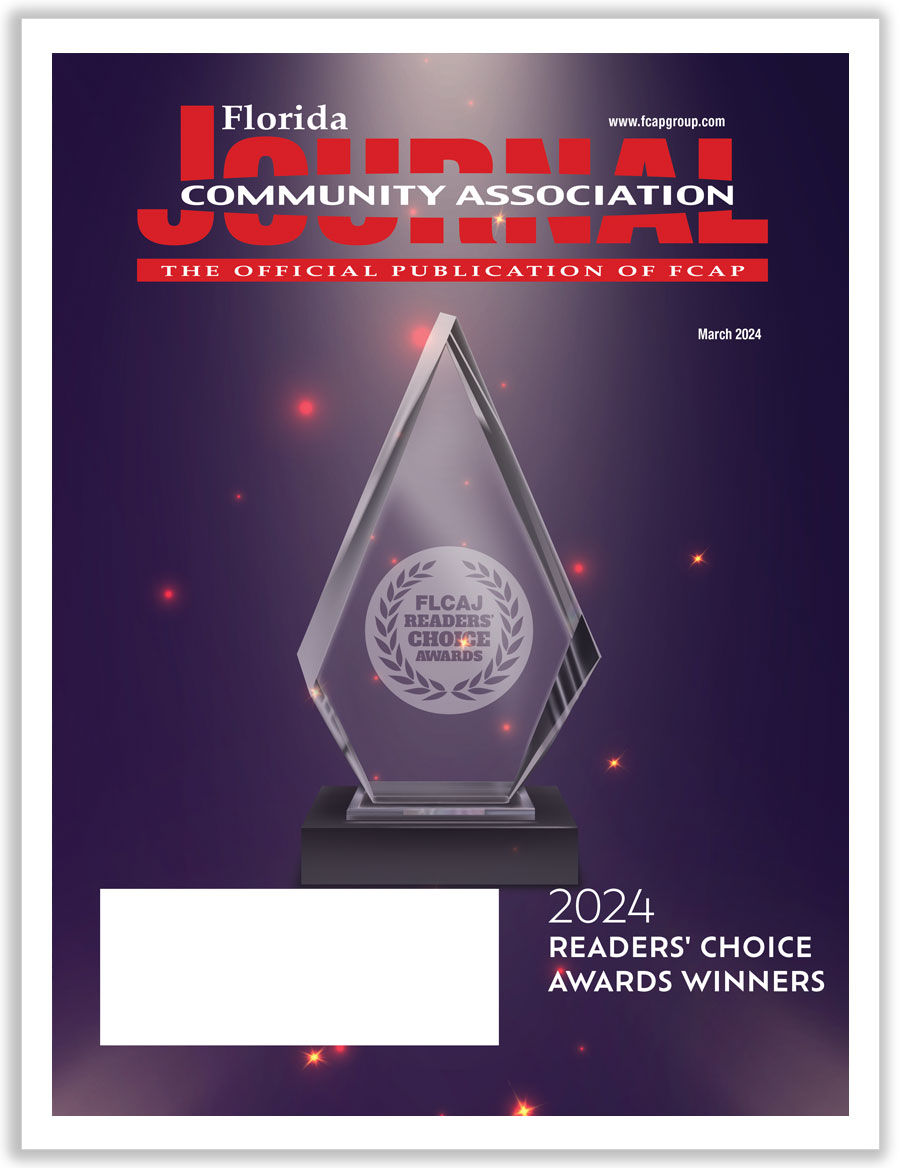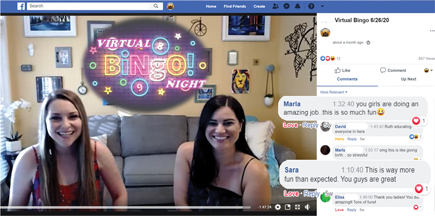
How Lifestyle Programs Promote Community Engagement
By Lisa Dixon / Published April 2021

As a board member, you probably already know that community success relies heavily upon many critical factors working together—infrastructural, financial, and technological components, to name a few. And while that is all true, many boards still fall victim to overlooking the importance of lifestyle in their communities, but for good reason. Where do you find the time to dedicate to morale when you’re focusing on the budget? How do you make activities a priority when there are outstanding covenant violations?
While these concerns certainly have merit, let’s first discuss the most basic questions—what exactly is lifestyle, and why is it important? As it relates to a management company, lifestyle is a program that aims to improve the holistic aspect of association residents’ lives through intentional strengthening of community pride and spirit in order to achieve a successful and harmonious condominium or homeowners association. An association with a strong lifestyle program has the ability to turn houses into homes and neighborhoods into communities while enriching the lives of all those residing within.
Every good management company will tell you that bringing all these components together is how to create the highest standard of community living, but what each lifestyle program looks like will be different for every community. Whether your residents are hyper-focused on their next event or are super technologically savvy, single family or active adult, or interested in community-wide involvement or personalized concierge services, there is always a way to engage your residents and showcase the standard of living in the community you chose to invest in with the purchase of your home.
A common misconception about lifestyle is that it’s all about hosting expensive events, but there are many other avenues available to build a sense of community and bring residents together. One of the easiest ways to get started is to focus on communication. For your community, this could mean something as simple as starting a neighborhood newsletter. Newsletters are an easy way to keep your residents updated on what’s happening in their community. They can be great for sharing progress on maintenance projects, covenant reminders, past or upcoming meetings and events, and even photos of holiday decorations around the community.
Another under-utilized tool to further communication and gauge interest is the use of websites and social media. Residents can use custom-built websites to check their account, pay assessments, purchase a gate clicker, or even email their manager or lifestyle team. Social media is a wonderful way to keep an ear to the ground to know what hot topic or attribute of association living is trending with your residents, but it’s also a simple way for them to get to know their neighbors and share their similar interests.
Excellent communication is the first step in building a stronger community. Once you’ve established that, you can continue to grow your community’s lifestyle by developing social clubs based on the interests of the residents, such as a book club or fantasy football team, and organizing family-based events like a neighborhood run or a chalk-your-walk contest. These are effortless yet effective ways of engaging residents and sparking that initial sense of belonging to something larger. To take that a step further, try incorporating activities that are personalized to the goals and values of your residents, such as raising awareness for a charity or collecting donation items after a natural disaster. Being intentional about the inclusiveness of the celebration of holidays, from Kwanzaa to Christmas, is a mindful and powerful way to offer positive impact for your residents and help them feel included in the place where they live. Inclusion promotes involvement, and involvement fosters participation, which in turn creates buy-in.
The idea is to get your residents socializing to improve the neighborhood’s overall quality of life, bringing additional benefits to the community. The proof is in the pudding—happy residents make for responsible homeowners. Once lifestyle programs are developed, boards will soon begin to see side effects like residents taking more pride in their homes and common areas, translating to more offers of community volunteering and less covenant enforcements overall. Additionally, residents engaged in lifestyle programs often report feeling an increased sense of security because neighbors will begin to watch out for one another. It is also common for communities with a lifestyle element to appear more desirable for homebuyers, which can lead to increased property values.
Enjoying these benefits doesn’t have to mean breaking the bank as there are many cost-effective ways to start incorporating lifestyle right now. Start with a call to action for volunteers. Many communities with no financial wiggle room in their budget can form a social committee made up entirely of resident volunteers. These committees can do everything from administrating your social media page to organizing free activities, such as a neighborhood puzzle swap day, whereas communities with a little more room to grow will often partner with event providers in their areas or seek sponsorship from their local vendors. Finally, for communities with the means, hiring a management company with lifestyle staff will guarantee a professional approach that can still result in little impact to the bottom line. Having the knowledge and expertise of a seasoned lifestyle director on your management team can even help your community navigate the choppy waters of riding out the pandemic by offering safe and socially distanced appropriate virtual and in-person activities while maintaining resident engagement and encouraging cooperation. The advantages are truly endless.
Lifestyle programs are an invaluable asset to any condominium or homeowners association. It can bring what was once a neighborhood of strangers together to become a strong-knit community of friends and turn even the simplest moments into memories that will last a lifetime. The lesson here is to not underestimate the power of community and its positive and long-lasting effects!
Check with your management companies for resources they may have on lifestyle teams and volunteers for on-site programs, event coordination, etc.
Lisa Dixon
Vice President, Leland Management
Lisa is a certified community association manager with a degree in management from the University of Florida. Lisa has over 15 years of management experience and was the business development manager for two major executive suite franchises and commercial leasing companies prior to becoming Director of the Tampa Bay Division at Leland in 2005. Lisa manages associations in Hillsborough and Pinellas Counties and is responsible for the overall operations of the Tampa Division. Lisa was promoted to her current role as Vice President in 2016. For more information, visit www.LelandManagement.com.






